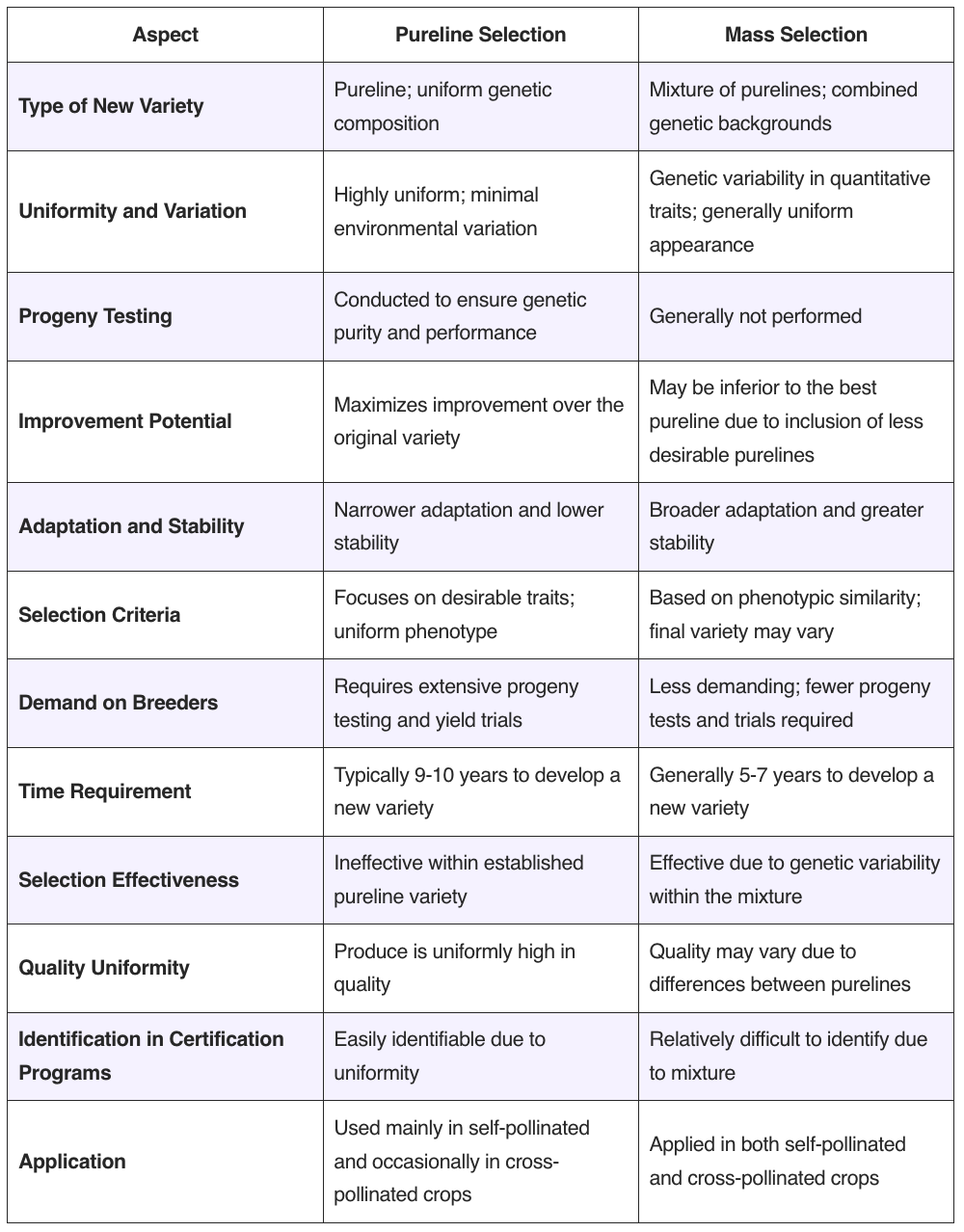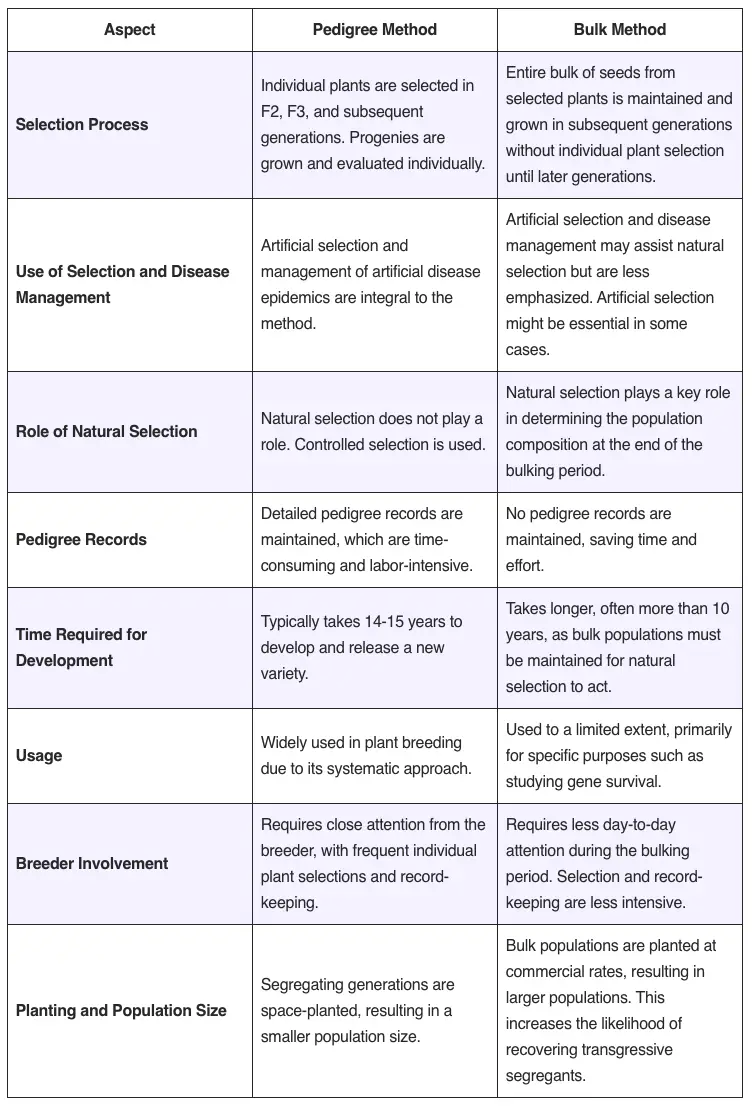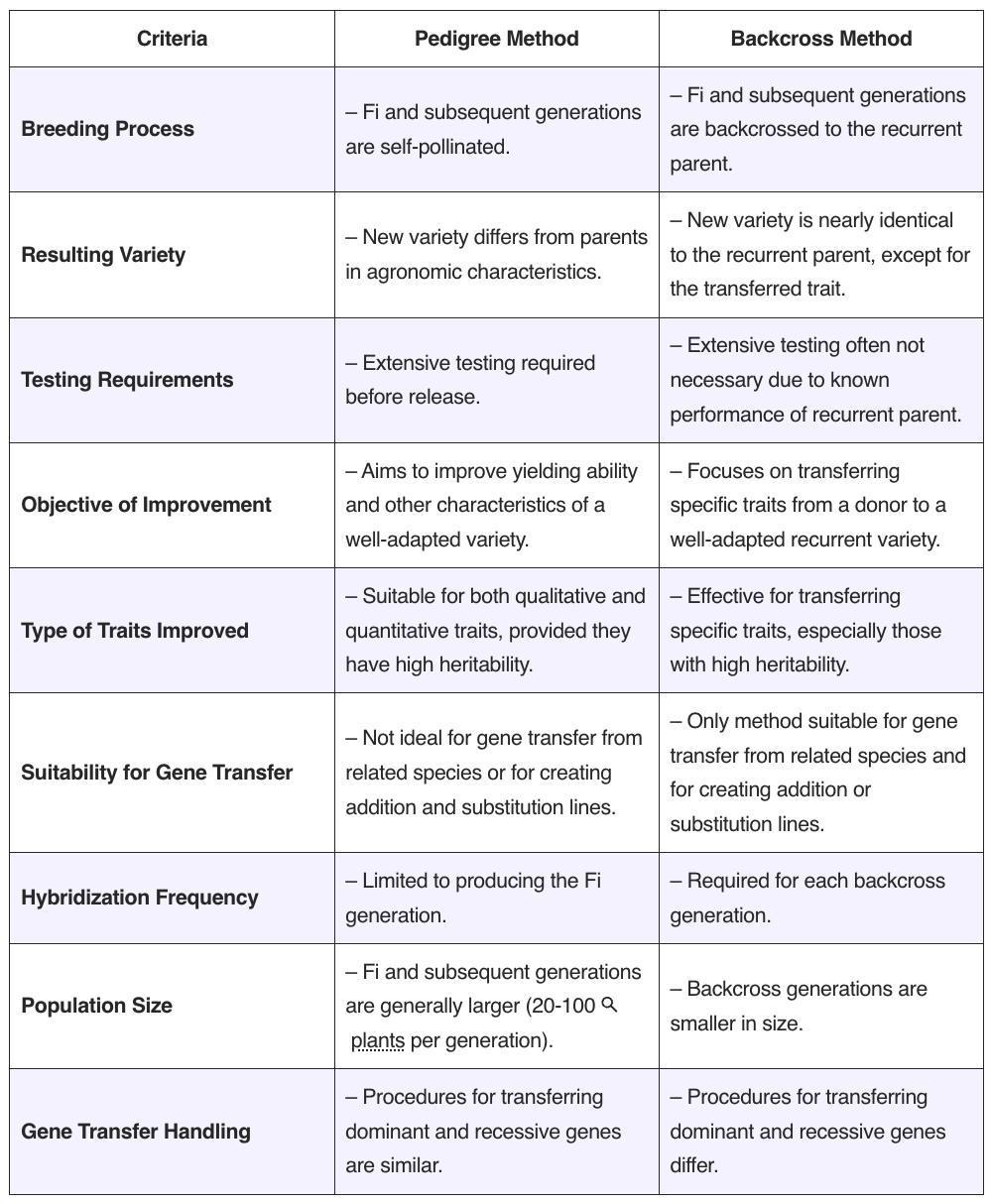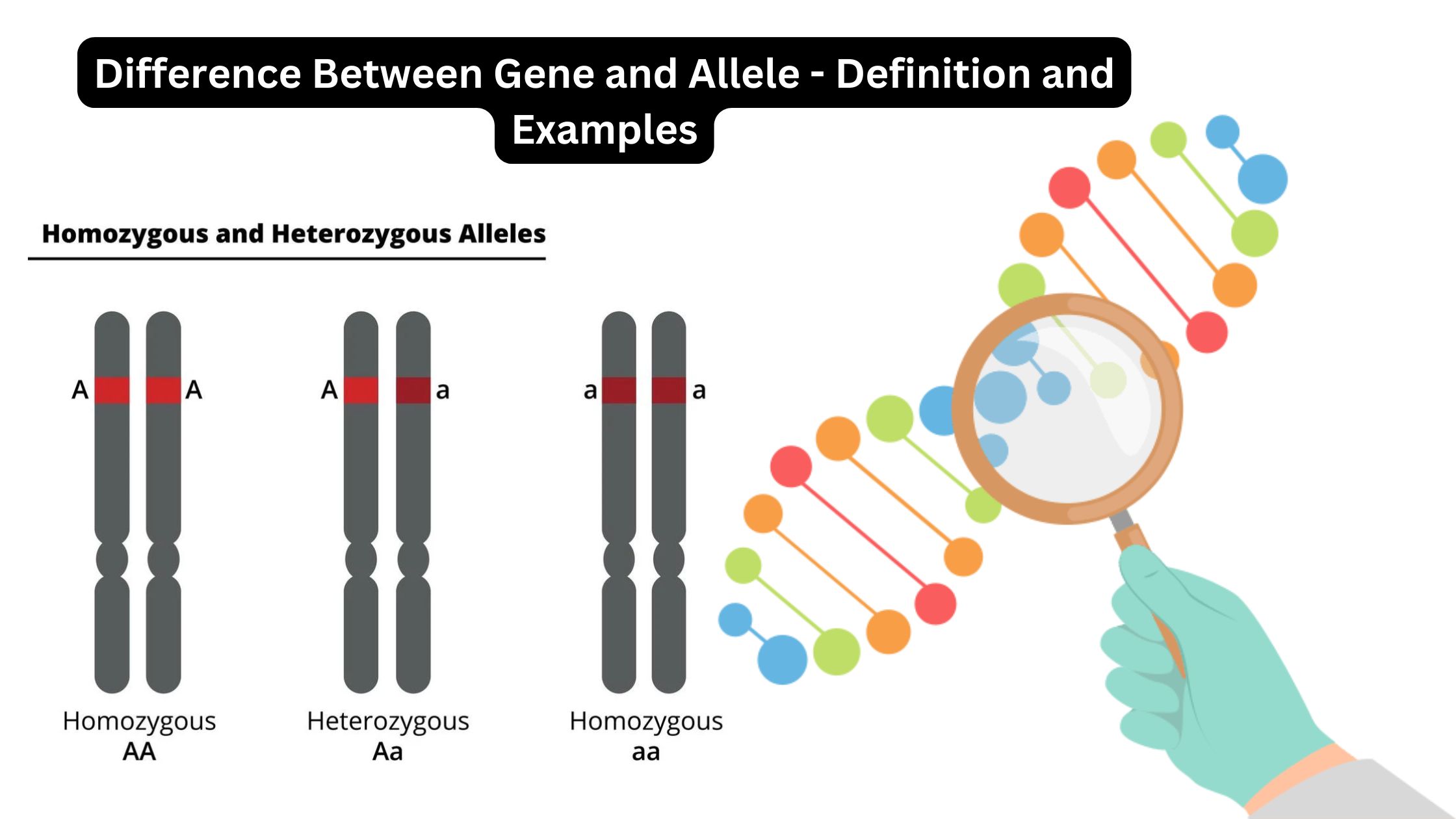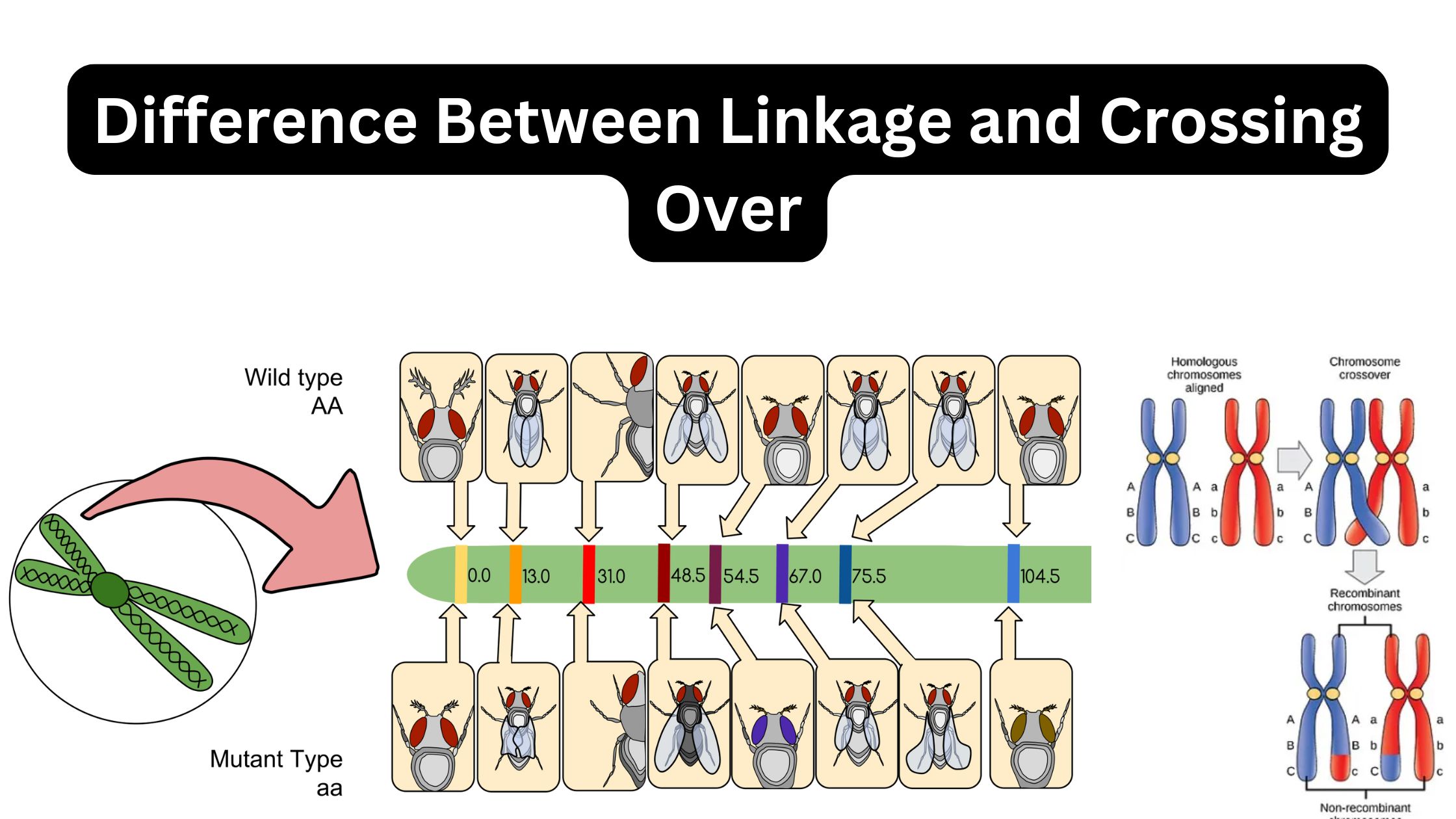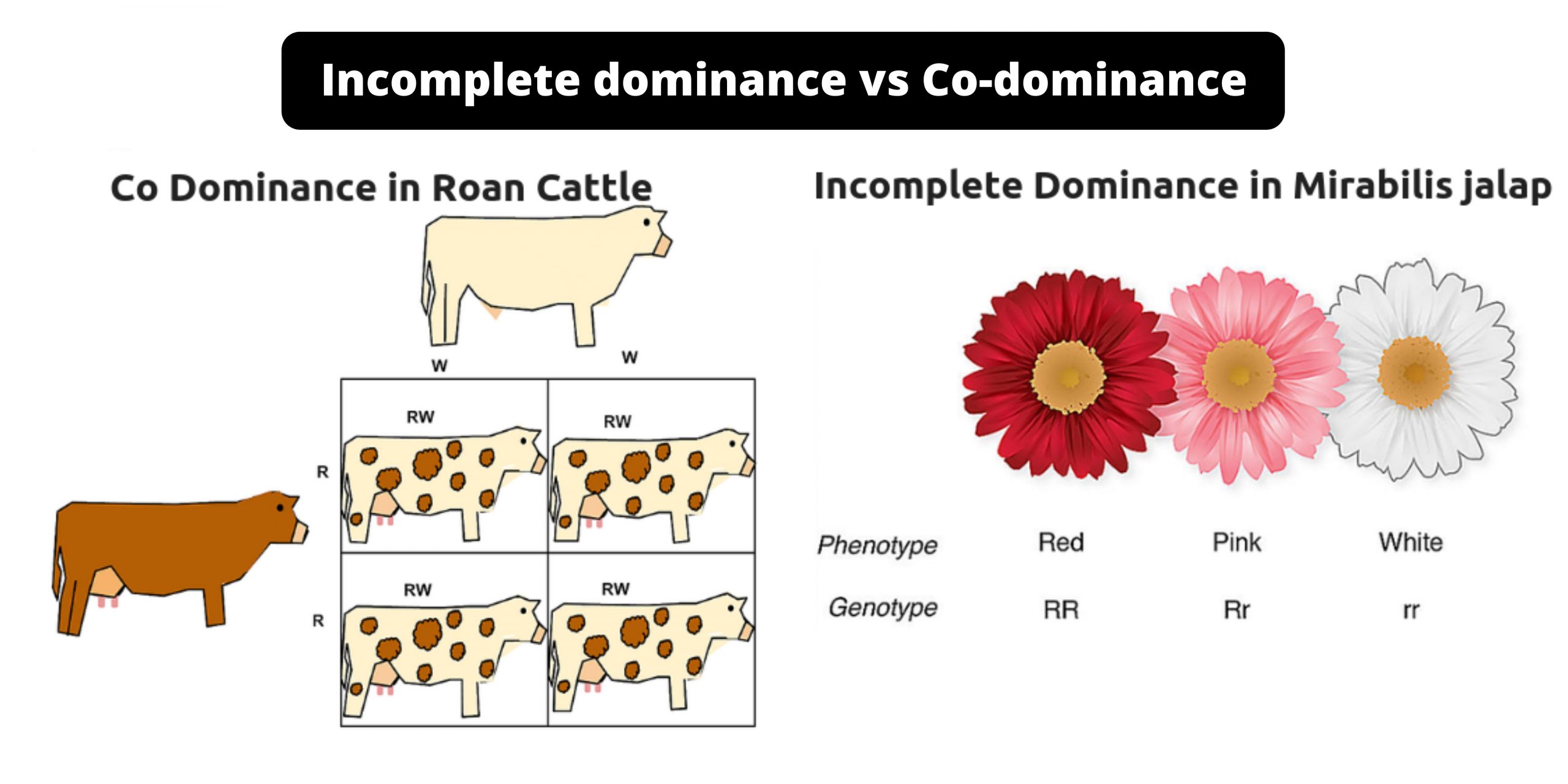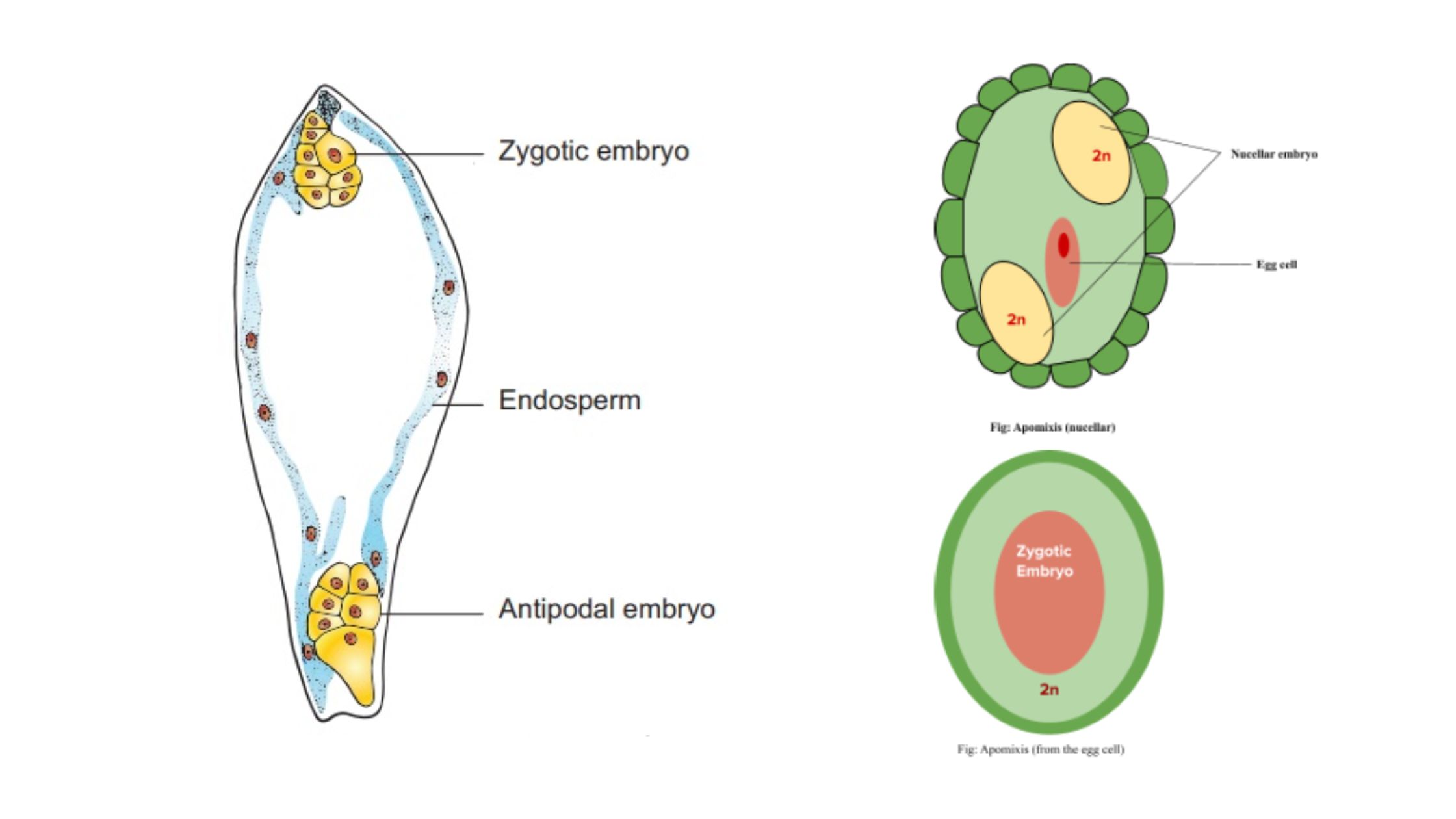Differences Between Pureline Selection and Mass Selection
What is Pureline Selection? Pureline selection is a plant breeding method used to develop new varieties from a single genotype or “pure line.” This approach is based on selecting and propagating individuals that consistently exhibit desirable traits, aiming to create a genetically uniform and stable line. Here’s how it typically works: Pureline selection is particularly … Read more
